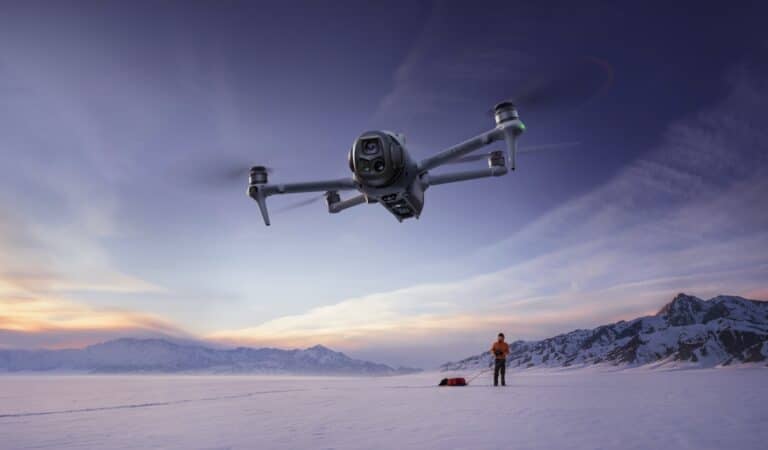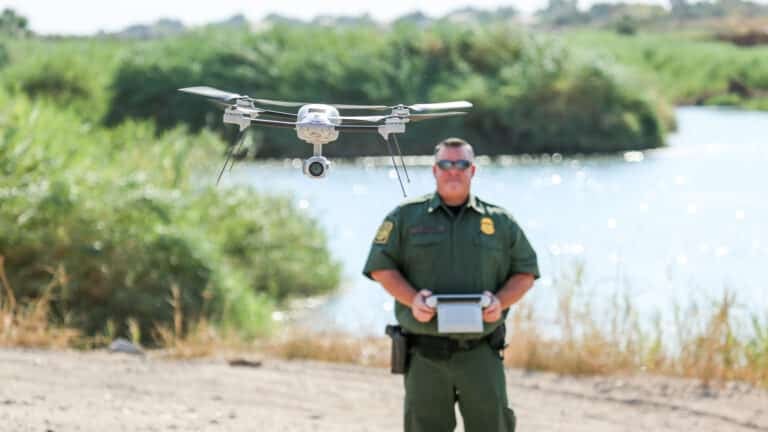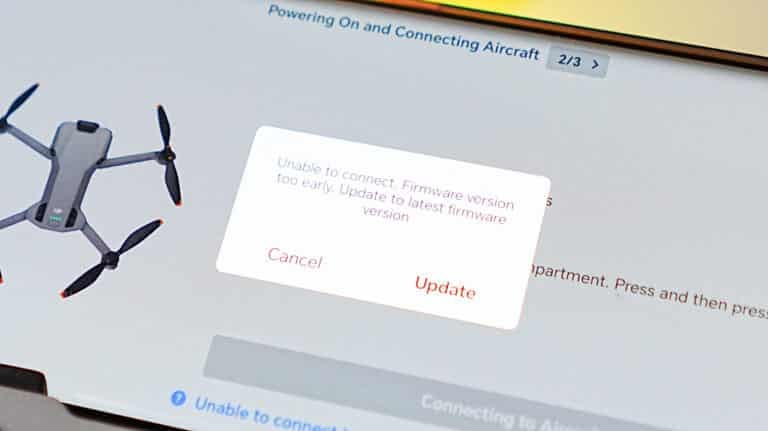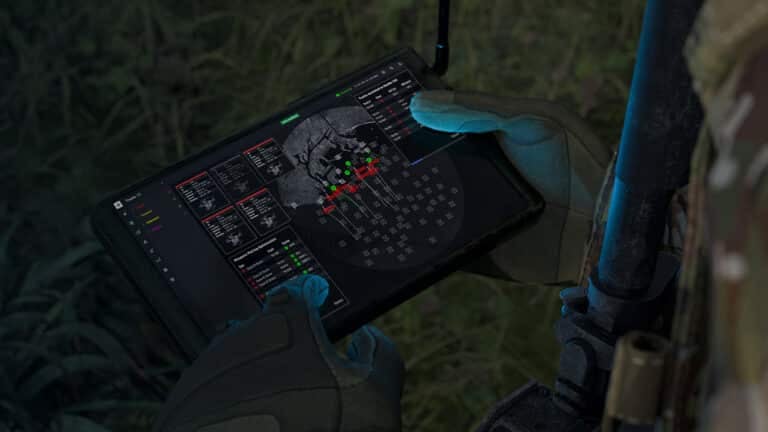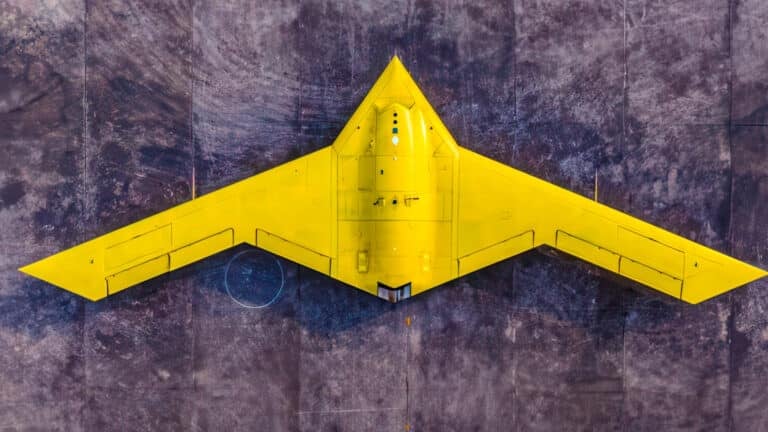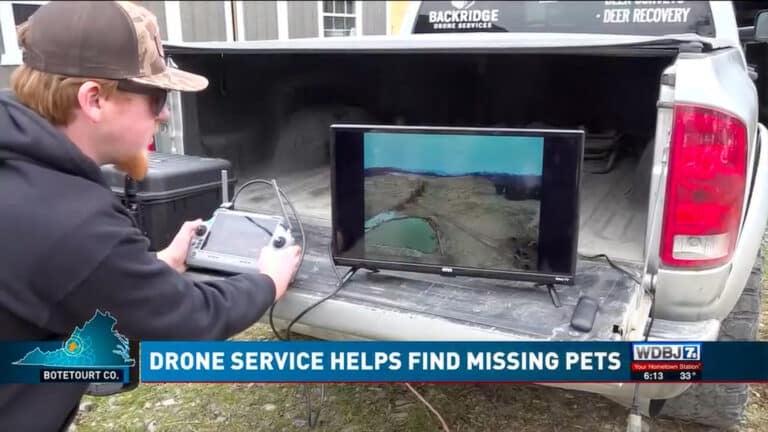Army Aviation Starts Training With New Stalker UAS

Amazon Drone Deals: DJI Mini 5 Pro Fly More Combo with DJI RC2 now for $1,099!
As reported by the U.S. Department of War, Army aviation soldiers at Fort Rucker in Alabama have started training with the VXE30 Stalker uncrewed aircraft system. The training began on November 18 and comes ahead of full equipment fielding next month.
The Stalker brings quieter operations, lower visual signature, vertical takeoff, and affordable munitions. These upgrades reflect lessons from today’s battlefield and show how the Army is pushing to modernize training at both Fort Rucker and Fort Huachuca.
Maj. Wolf Amacker, who leads the UAS and Tactics Branch at the Army Aviation Center of Excellence, said this marks a major milestone.
“This is the first time in years that we will be using a Group 2, almost Group 3 size UAS in support of an Army course at Fort Rucker,” he said.
UAS platforms are grouped by weight, altitude, and speed. Group 1 covers very small drones under 20 pounds. Group 2 includes aircraft up to 55 pounds with speeds under 250 knots. Group 3 covers systems up to 320 pounds and altitude ceilings up to 18,000 feet. The Army’s older RQ 7B Shadow sat in Group 3.
The Stalker stands out because it was built using a modular open systems approach. That means it can accept new sensors, payloads, and technologies as missions evolve. The Army’s 1st Aviation Brigade spotted the system at a recent UAS summit and moved fast to bring it into the training pipeline.
Better Performance and Lower Costs
Maj. Rachel Martin, director of the Air Cavalry Leaders Course and the Unmanned Advanced Lethality Course, highlighted the Stalker’s flexibility. The aircraft takes off and lands vertically like a quadcopter, then switches into silent forward flight.
“Its reduced visual and acoustic signature makes striking a target at 300 feet very likely,” she said. “That was not possible with louder legacy systems like the Shadow.”
The Stalker also works with the Army’s Common Lethality Integration Kit. This lets soldiers pick warheads at the user level. It supports new payloads along with existing munitions such as 81 mm mortars.
Martin said modularity keeps costs low. Hellfire missiles cost more than one hundred thousand dollars each. A Stalker warhead costs about eight hundred dollars. That huge difference mirrors what the Army has seen in Ukraine where small, cheap systems continue to shape the battlefield.
The Army is also exploring in house production of training rounds through rapid printing methods. Amacker said this could expand training opportunities and shrink dependence on long procurement cycles.
“This is the Army thinking outside the box,” Martin added. “We are leveraging commercial technology to meet immediate needs in a faster and more affordable way.”
Preparing Soldiers for Real Missions
Full training with the Stalker begins this December. Once instructors complete the initial program, they will begin integrating the aircraft into Army aviation courses. The goal is to prepare soldiers to use the platform during tactical missions at both battalion and brigade levels.
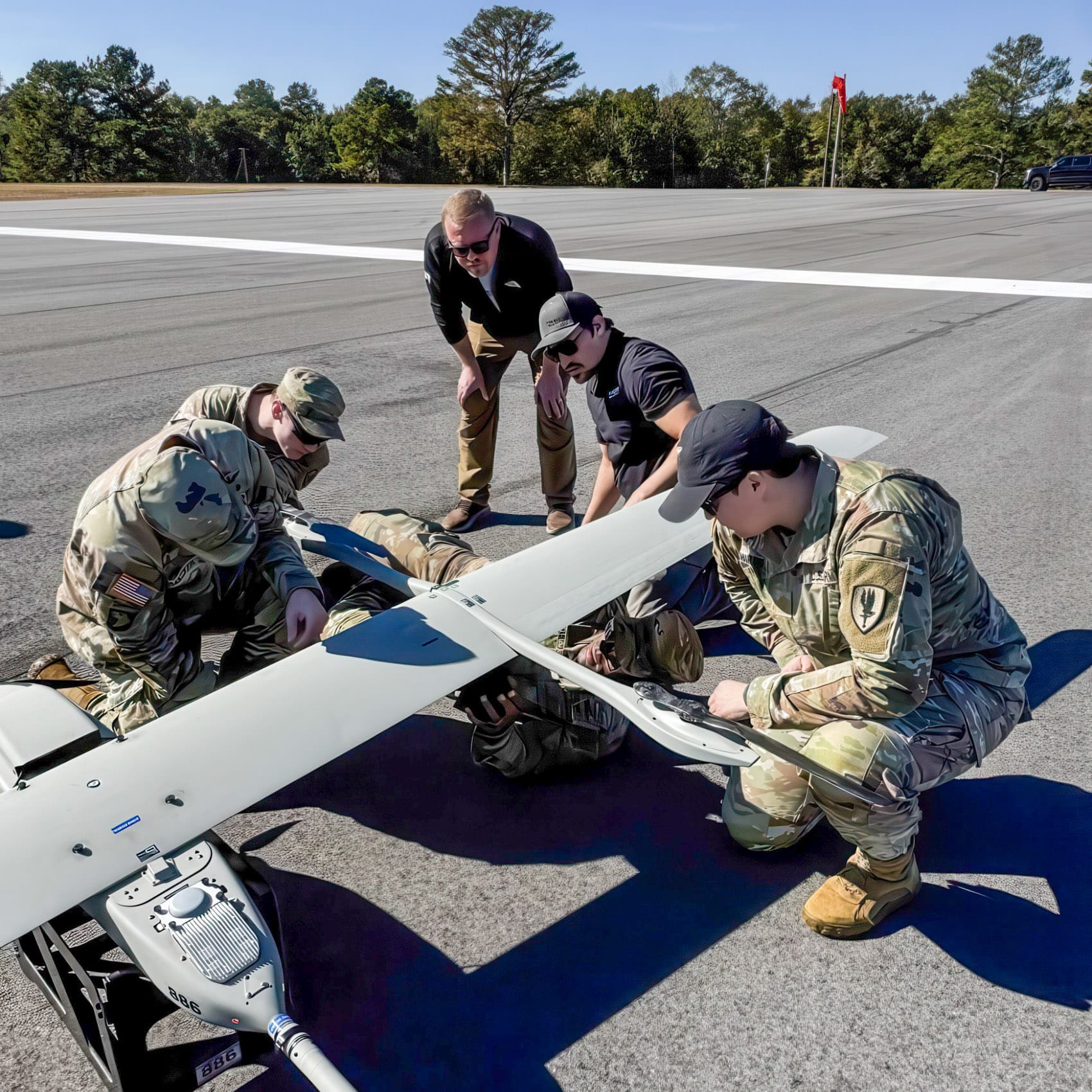
The Stalker brings new capabilities, lower costs, and a modern design that fits well with the Army’s shift toward layered reconnaissance.
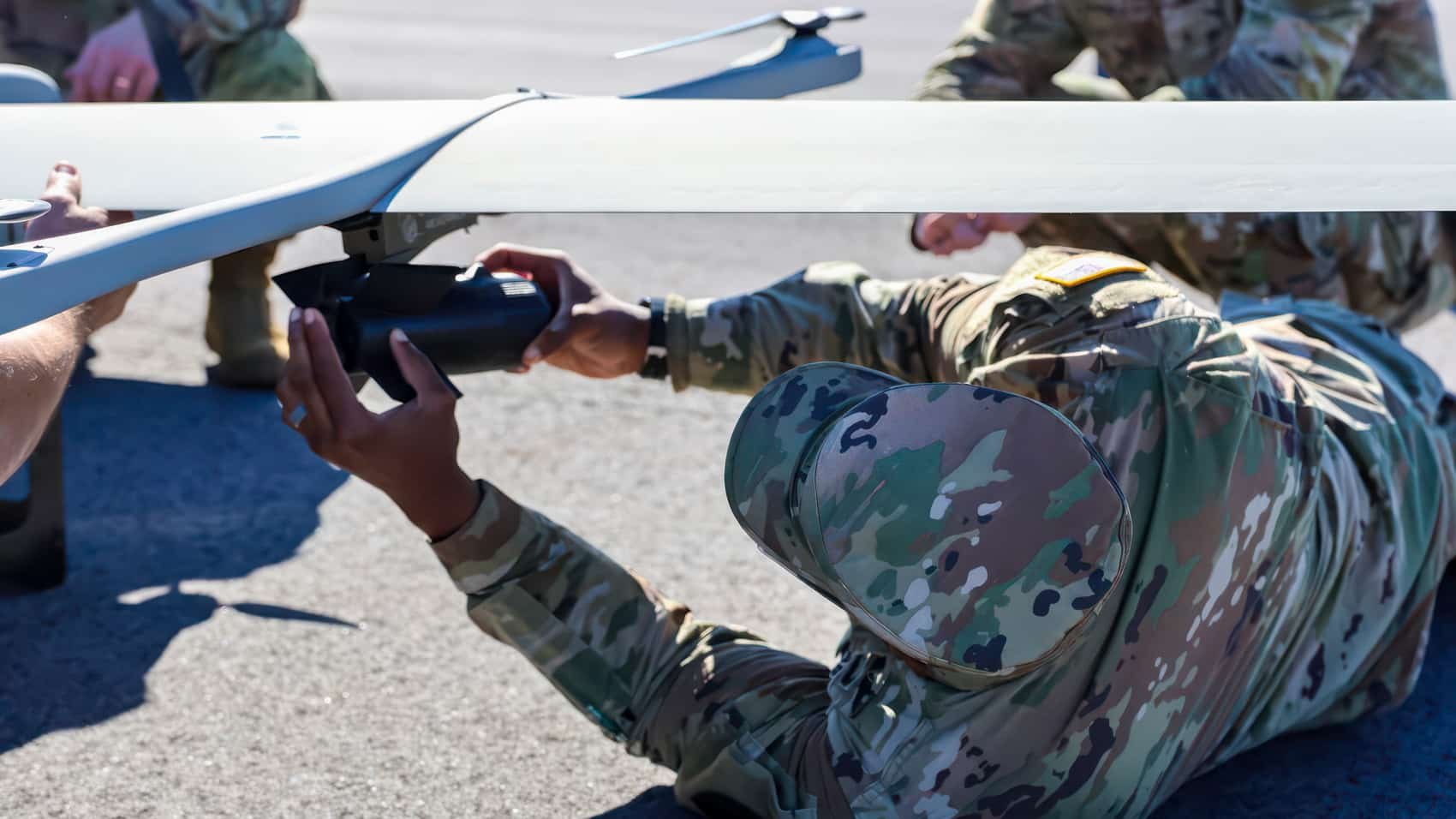
For many soldiers, this will be their first exposure to a UAS that sits between the small quadcopters used today and the larger Group 3 platforms of the past.
DroneXL’s Take
The Stalker looks like a major upgrade for Army aviation training. Vertical takeoff, low noise, and modular payloads line up well with what modern conflicts are showing every day. The big story here is cost. Replacing six figure missiles with eight hundred dollar munitions changes the math for sustained operations. The Army is clearly moving toward affordable mass, and the Stalker fits that trend. This is the kind of transition we expect to see across more units as military drone tech continues to mirror the fast paced innovation happening in the commercial world.
Photo credit: Leslie Herlick, Army Aviation Center of Excellence
Discover more from DroneXL.co
Subscribe to get the latest posts sent to your email.
Check out our Classic Line of T-Shirts, Polos, Hoodies and more in our new store today!

MAKE YOUR VOICE HEARD
Proposed legislation threatens your ability to use drones for fun, work, and safety. The Drone Advocacy Alliance is fighting to ensure your voice is heard in these critical policy discussions.Join us and tell your elected officials to protect your right to fly.
Get your Part 107 Certificate
Pass the Part 107 test and take to the skies with the Pilot Institute. We have helped thousands of people become airplane and commercial drone pilots. Our courses are designed by industry experts to help you pass FAA tests and achieve your dreams.

Copyright © DroneXL.co 2025. All rights reserved. The content, images, and intellectual property on this website are protected by copyright law. Reproduction or distribution of any material without prior written permission from DroneXL.co is strictly prohibited. For permissions and inquiries, please contact us first. DroneXL.co is a proud partner of the Drone Advocacy Alliance. Be sure to check out DroneXL's sister site, EVXL.co, for all the latest news on electric vehicles.
FTC: DroneXL.co is an Amazon Associate and uses affiliate links that can generate income from qualifying purchases. We do not sell, share, rent out, or spam your email.




